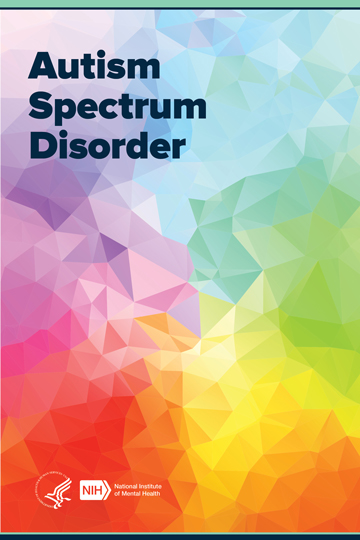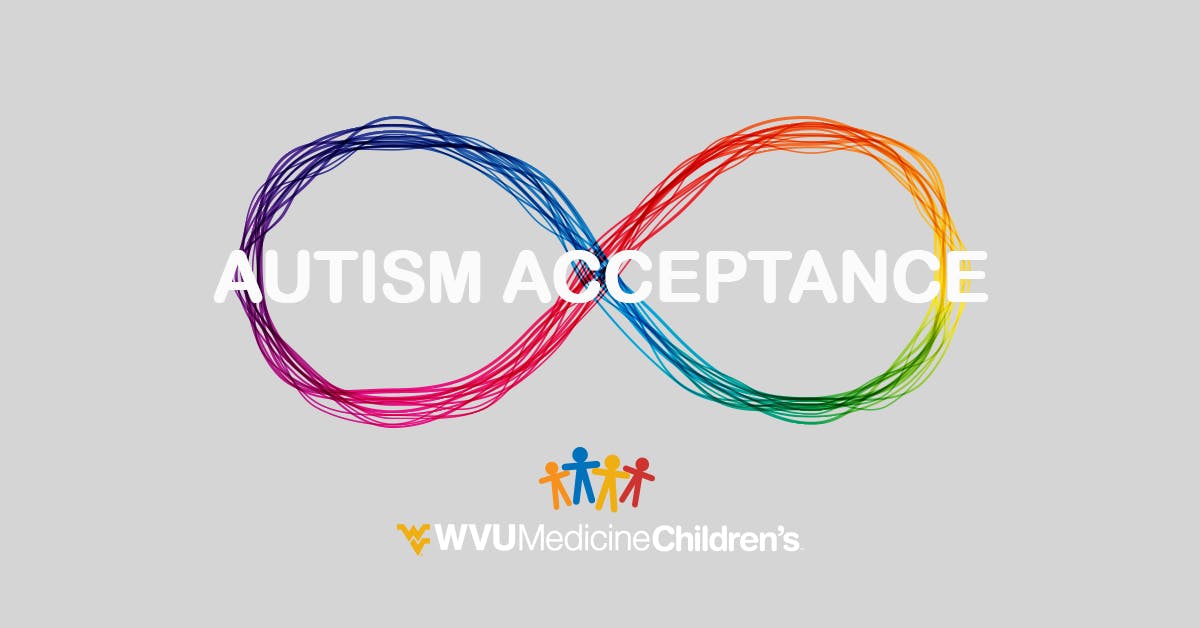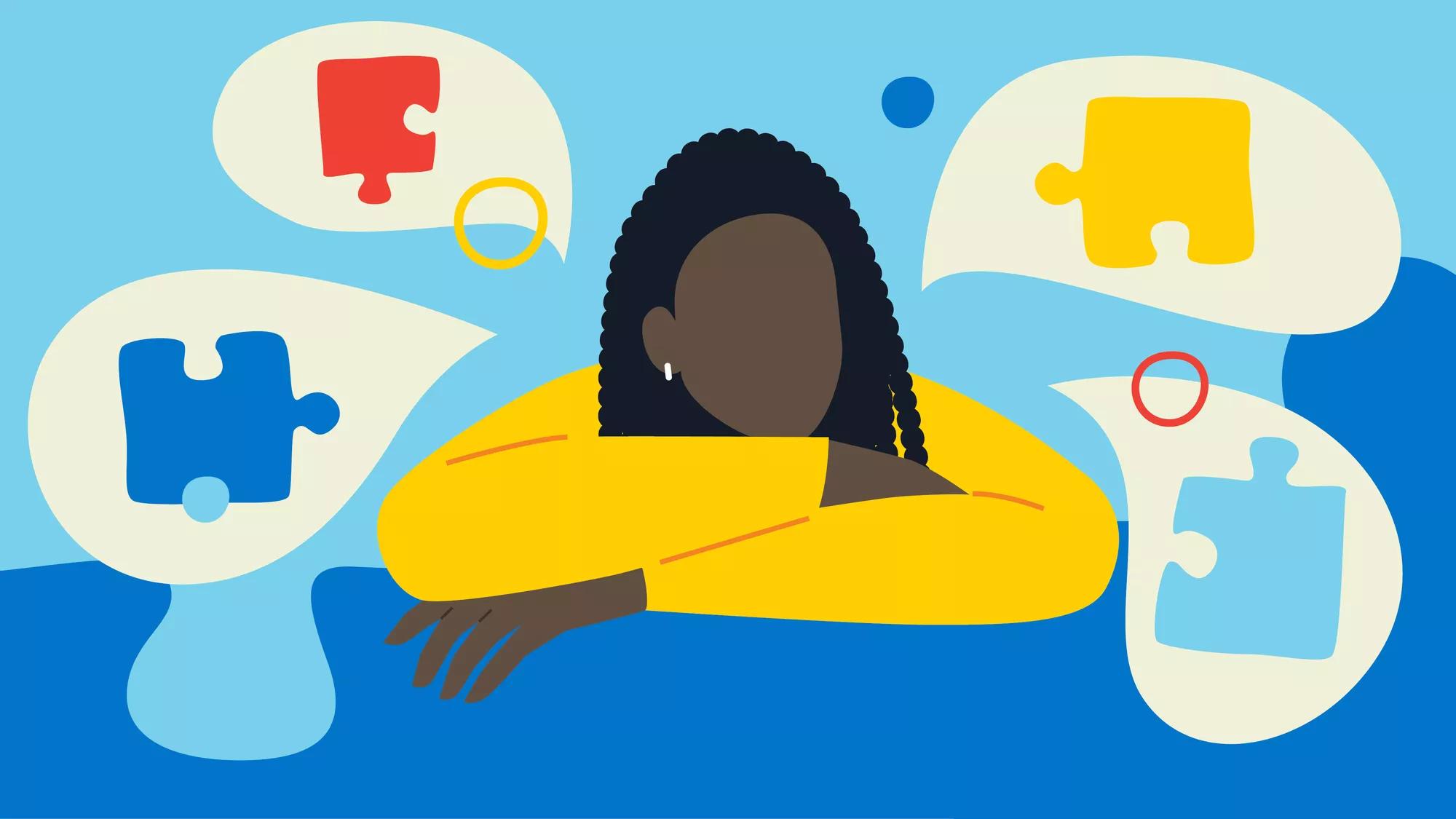Recognizing the Spectrum: A Comprehensive Overview to Autism Recognition
Recognizing the Spectrum: A Comprehensive Overview to Autism Recognition
Blog Article
Exploring Autism: Strategies for Effective Communication and Interaction
Effective interaction and communication with people on the autism range demand a comprehensive understanding of their unique demands and choices. The ins and outs of these strategies disclose additional factors to consider that merit exploration, particularly in how they can be adjusted to diverse contexts and individual experiences.
Understanding Autism Range Condition
Autism Spectrum Disorder (ASD) encompasses a series of neurodevelopmental conditions identified by difficulties in social interaction, interaction, and repetitive behaviors. The term "range" mirrors the diverse indications and differing levels of seriousness experienced by people with ASD. While some might show considerable problems, others may show high-functioning traits, enabling higher self-reliance in day-to-day live.
The beginning of ASD typically occurs in very early childhood, with signs typically well-known by age two. Very early indicators might consist of delayed speech development, limited eye get in touch with, and difficulties in recognizing social cues. The exact etiology of ASD remains uncertain, research suggests a mix of ecological and genetic variables plays a critical duty in its advancement.
People with ASD often possess one-of-a-kind staminas, such as heightened attention to detail and phenomenal memory abilities. However, they may have problem with recognizing abstract ideas and managing changes to regular. As a result, treatments and support tailored to private requirements are crucial for cultivating interaction and social skills. Identifying the complexity of ASD is vital for advertising understanding, acceptance, and reliable strategies that facilitate significant interactions with individuals on the range.

Value of Clear Communication
Efficient communication is crucial for cultivating understanding and connection, specifically for individuals with Autism Spectrum Disorder (ASD) Clear interaction not only assists in social interactions but also improves the individual's ability to reveal their requirements, feelings, and ideas. For individuals with ASD, the nuances of language can frequently be challenging; for that reason, making use of straightforward and unambiguous language is important.
Moreover, clear communication assists minimize irritation and anxiousness that might emerge from misconceptions. When messages are communicated in a straight and consistent way, individuals with ASD are better geared up to analyze information precisely, which can considerably enhance their social engagement and participation in various settings.
Developing regimens and utilizing visual assistances can further boost clear interaction. These techniques offer people with predictable structures that assist understanding and retention of information. Additionally, actively being and listening person during interactions promotes a helpful setting where individuals with ASD really feel valued and comprehended.
Ultimately, focusing on clear communication not only encourages individuals with ASD yet additionally promotes more significant links with their peers, caregivers, and the larger community, leading the way for inclusive interactions and collaborative connections. - autism
Non-Verbal Communication Strategies
Communication prolongs past words, and for individuals with Autism Spectrum Condition (ASD), non-verbal cues play a significant duty in communications. Non-verbal interaction techniques can consist of faces, gestures, body language, and eye get in touch with, all of which function as essential parts for conveying objectives and emotions.
Comprehending and translating these non-verbal signals can enhance interactions with individuals with ASD. As an example, a warm smile or open stance can create a welcoming environment, encouraging involvement. Utilizing visual aids-- such as image cards or signs-- can link communication voids and assist convey messages much more successfully.
It is additionally vital to be mindful of personal space, as people with ASD might have different convenience degrees pertaining to proximity. Observing their reactions to physical distance can inform ideal adjustments.

Developing Supportive Atmospheres
Producing a helpful atmosphere is crucial for fostering favorable interactions and boosting the health of individuals with Autism Spectrum Condition (ASD) try here Such settings can significantly lower anxiety and develop a sense of safety, enabling individuals to reveal themselves much more freely.
To accomplish this, it is important to think about sensory sensitivities that individuals with ASD might experience. Modifying the physical room to consist of soft illumination, minimal background sound, and comfy seating can create a calming environment. Furthermore, utilizing constant routines and clear visual routines can assist people expect shifts and decrease unpredictability, further advertising comfort.
Social rooms must be structured to reduce overwhelming stimuli while providing opportunities for interaction in recommended activities. Helping with areas designated for peaceful time can likewise act as a refuge throughout minutes of anxiety. Notably, including components of selection equips individuals, enabling them to work out firm in their setting.

Motivating Social Communications
Cultivating social interactions among individuals with Autism Range Problem (ASD) requires deliberate strategies that focus on convenience and interaction. Developing foreseeable routines can help lower anxiousness, making social settings extra friendly. Creating organized atmospheres with specified roles and duties enables individuals to engage without the overwhelming stress of unstructured social characteristics.
Integrating passions and staminas into social try here activities can function as a driver for interaction. For example, arranging team activities around shared leisure activities or topics of fascination can promote natural conversations and connections. In addition, using aesthetic assistances, such as social scripts or photographic routines, can help in understanding social hints and expectations.
Modeling ideal social behaviors is vital - autism. Adults and peers need to show reliable interaction methods, consisting of active listening and turn-taking. Role-playing situations can also offer a secure area for individuals to exercise these abilities
Last but not least, promoting peer connections via comprehensive techniques is crucial. Motivating inclusive playdates or group trips can produce possibilities for socialization in a comfortable setting. By executing these strategies, instructors and caretakers can significantly improve social interactions for individuals with ASD, you can try this out promoting their total social advancement and health.
Final Thought
Finally, effective communication and communication strategies are vital for sustaining people with Autism Range Disorder. Highlighting clear language, including non-verbal cues, and establishing predictable routines significantly boost interaction and reduce anxiety. Developing helpful atmospheres cultivates safe social communications, while encouraging shared interests helps with significant links. Inevitably, these techniques equip people with autism to navigate social landscapes, advertising their general wellness and enabling the growth of enduring partnerships.
Effective interaction and communication with individuals on the autism range require an extensive understanding of their one-of-a-kind demands and choices. Clear interaction not only facilitates social interactions but additionally improves the person's ability to express their ideas, feelings, and demands.Fostering social interactions among people with Autism Spectrum Condition (ASD) requires deliberate techniques that prioritize comfort and involvement. By carrying out these teachers, methods and caregivers can dramatically boost social interactions for individuals with ASD, promoting their total social growth and health.
In final thought, effective interaction and interaction methods are essential for supporting individuals with Autism Spectrum Problem.
Report this page